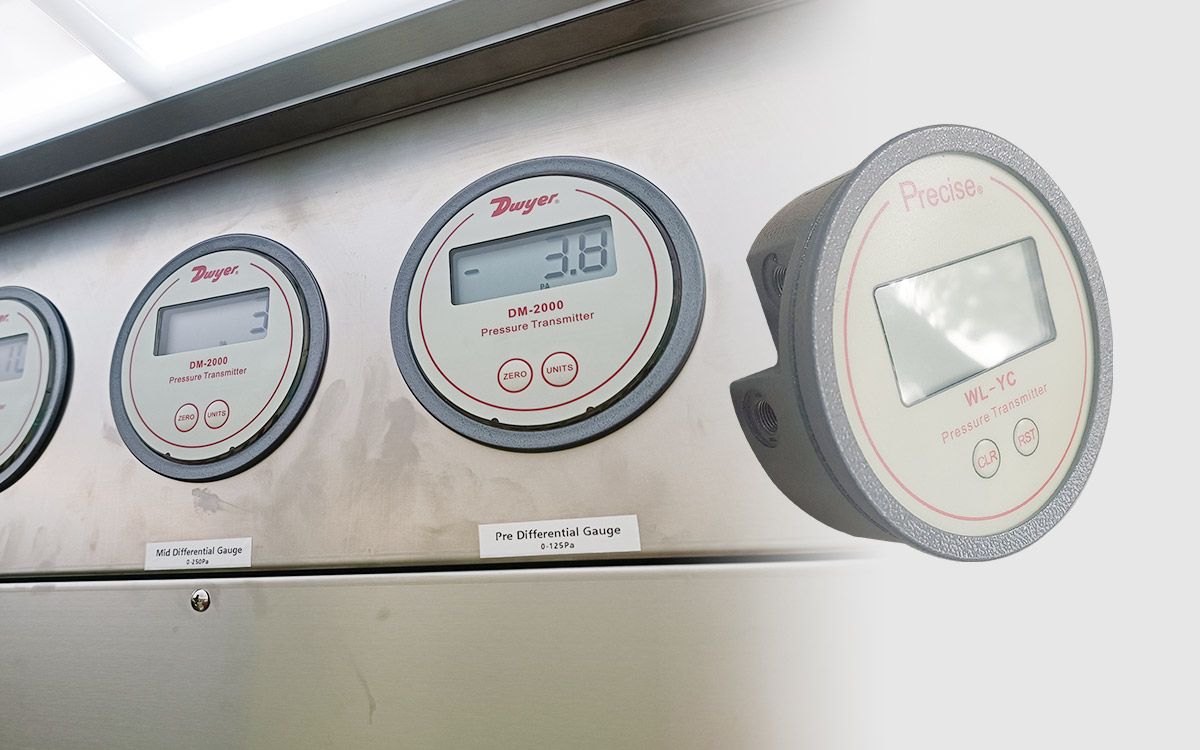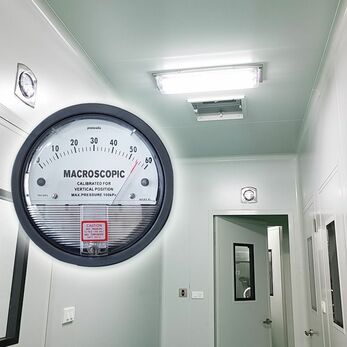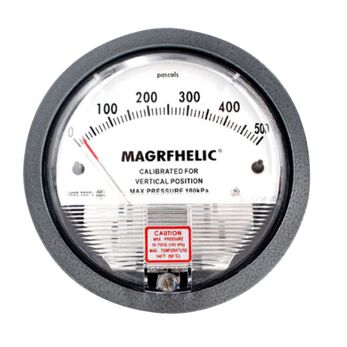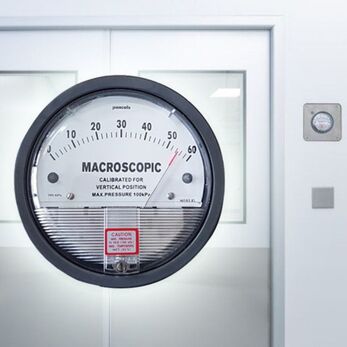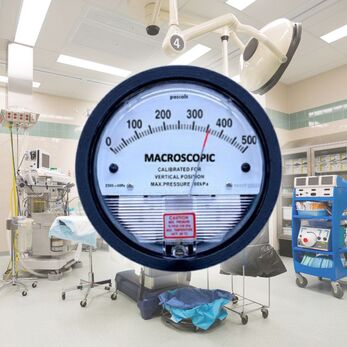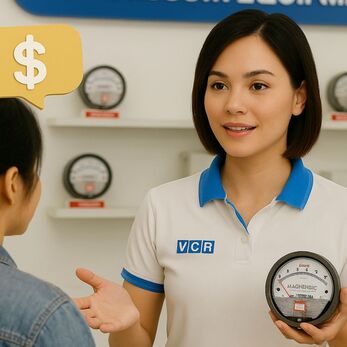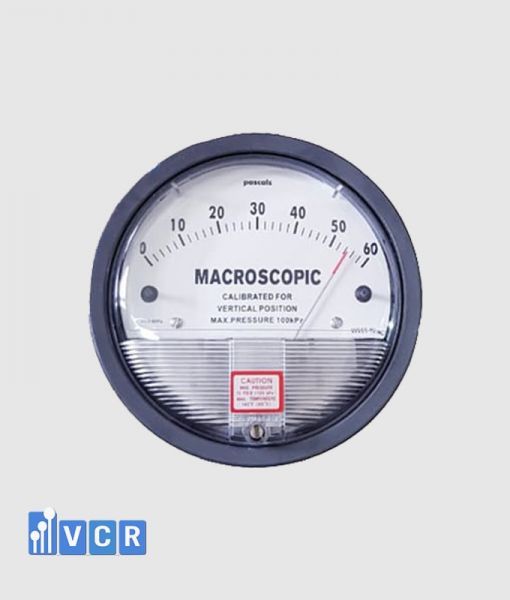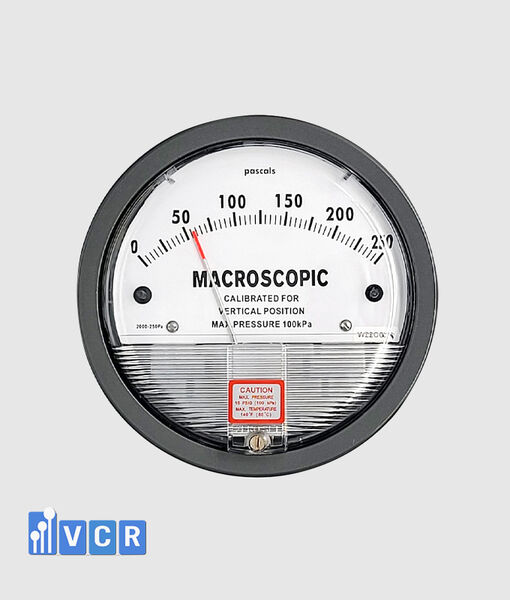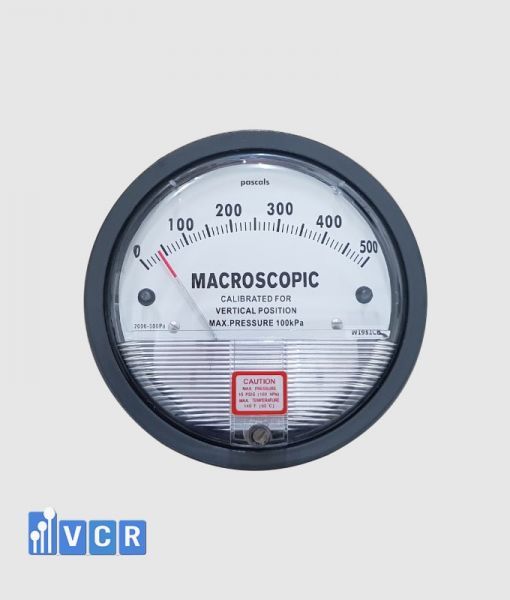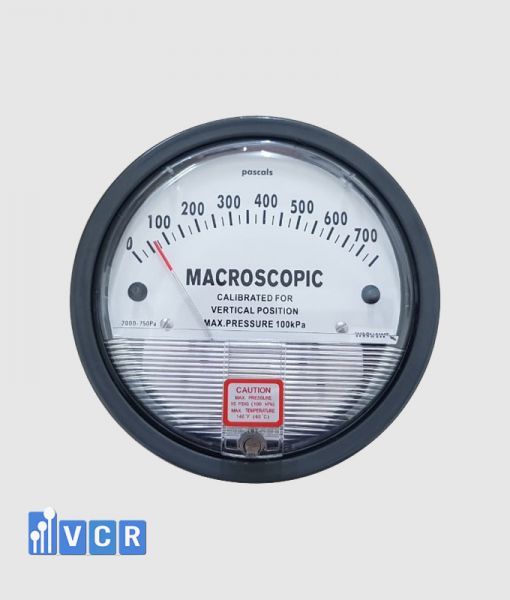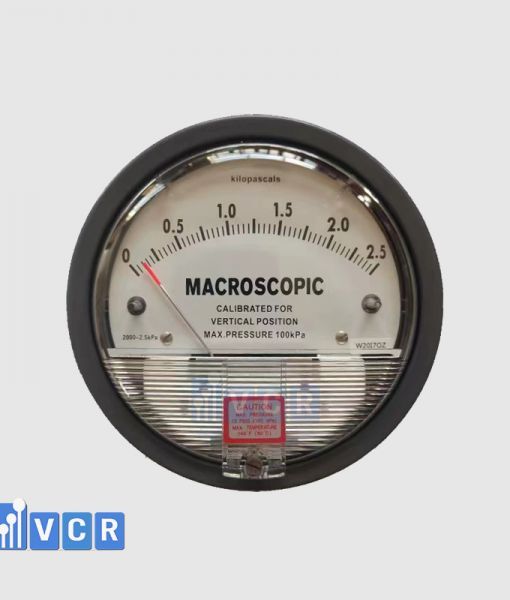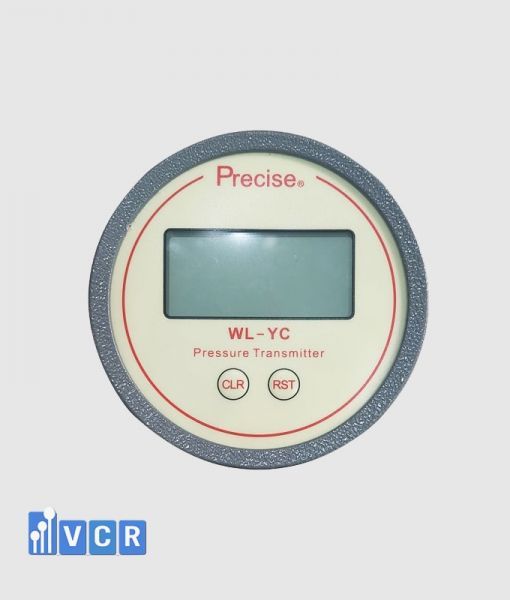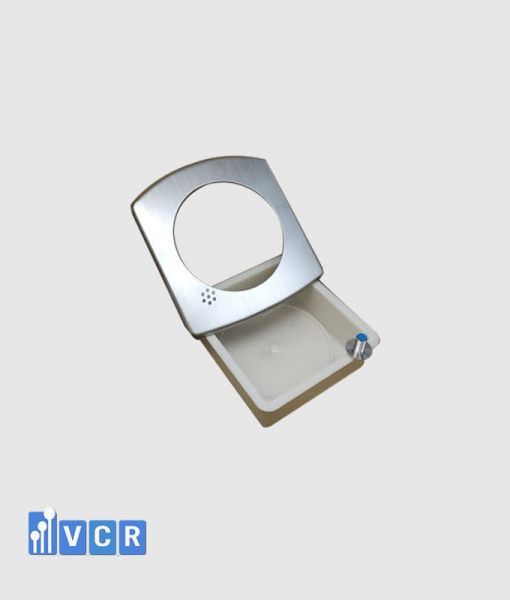Digital differential pressure gauges, like VCR's P2000 model, are gaining traction in various applications due to their superior accuracy and advanced features.
This article serves as a comprehensive guide for engineers and professionals, simplifying the installation process of Digital pressure gauges.
Understanding Digital Differential Pressure Gauges
Digital differential pressure gauges utilize high-precision MEMS sensors and digital technology to offer several advantages over traditional mechanical gauges:
- Versatility: They can measure positive, negative, or differential pressure, making them suitable for diverse applications.
- Accuracy: They boast accuracy levels up to 1%FS (Full Scale), ensuring reliable measurements.
- Advanced Features: Many models offer features like:
- LED display for clear and user-friendly readings.
- Button settings for easy configuration.
- Sound alarms for critical pressure deviations.
- Input/output (I/O) capabilities for data logging and integration with control systems.
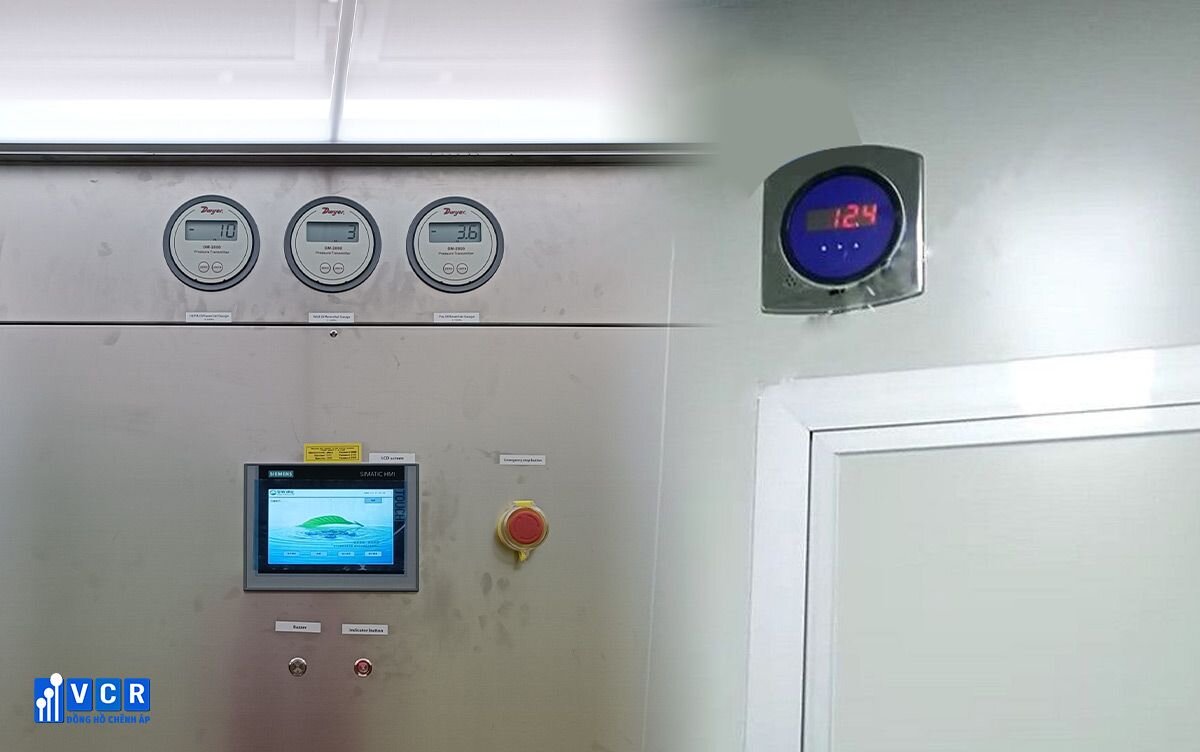
Applications of Digital Differential Pressure Gauges
Digital differential pressure gauges find use in various sectors, including:
- HVAC: Measuring fan and blower pressure, air velocity, and pressure drops across filters and orifice plates.
- Industrial: Monitoring fluid pressure in systems and equipment.
- Medical: Monitoring blood pressure and respiratory pressure in medical equipment.
See more:
Mounting Options
These differential pressure gauges offer versatile mounting options:
- Flush Mount: Installed directly into a panel or wall for a streamlined appearance.
- Surface Mount: Mounted directly onto a flat surface.
- Wall Mount: Attached to a wall using appropriate brackets.
Installation Digital Differential Pressure Gauges Process
1. Mounting:
Choose the appropriate mounting method and secure the gauge using suitable fasteners.
2. Pressure Connection:
- Positive Pressure Measurement: Connect the pressure source to the designated "high pressure" port and block the other high-pressure port. Leave both "low pressure" ports open to the atmosphere.
- Negative Pressure Measurement: Connect the pressure source to the designated "low pressure" port and block the other low-pressure port. Leave both "high pressure" ports open to the atmosphere.
- Differential Pressure Measurement: Connect the high and low pressure sources to their respective designated ports and block the remaining ports on each side.
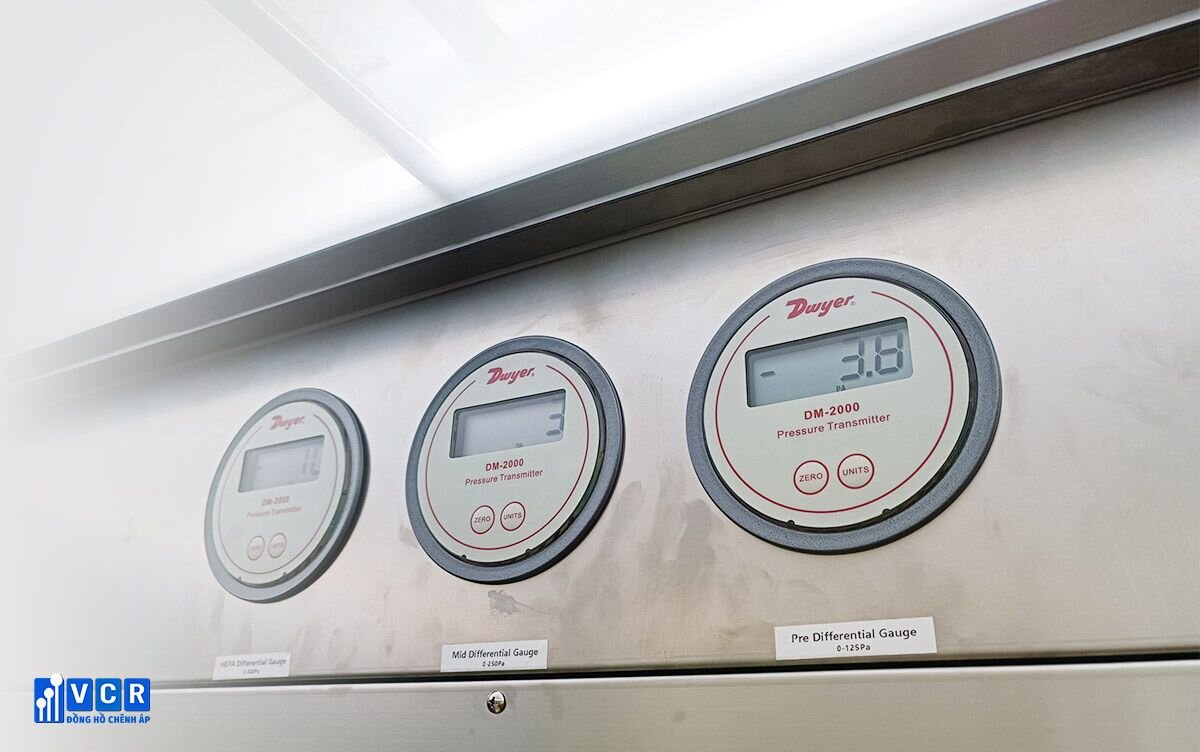
See more: High Differential Pressure in Cleanrooms
Additional Considerations
- Refer to the manufacturer's instructions: Always consult the specific user manual for detailed installation instructions and safety precautions.
- Pressure compatibility: Ensure the gauge's pressure range is compatible with the expected pressure levels in your application.
- Electrical connections: If using I/O features, ensure proper wiring and electrical connections according to the manufacturer's guidelines.
See more: Differential Pressure Gauge Installation
Conclusion:
By following these guidelines and considering the factors mentioned, you can successfully install and operate your digital differential pressure gauge, ensuring accurate and reliable pressure measurements in various applications. If you require further assistance or product information, contact VCR Cleanroom Equipment for their expertise and support.




